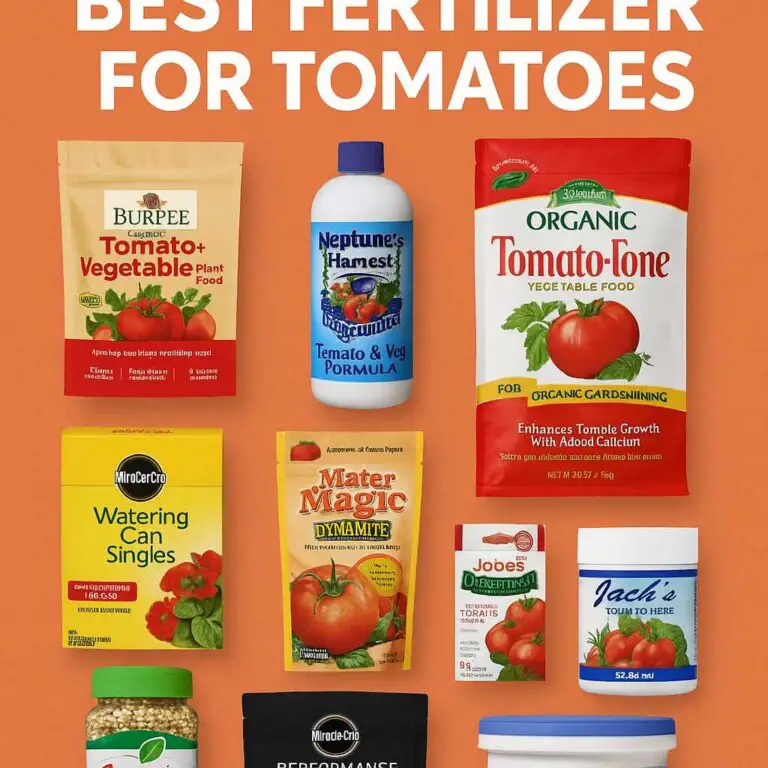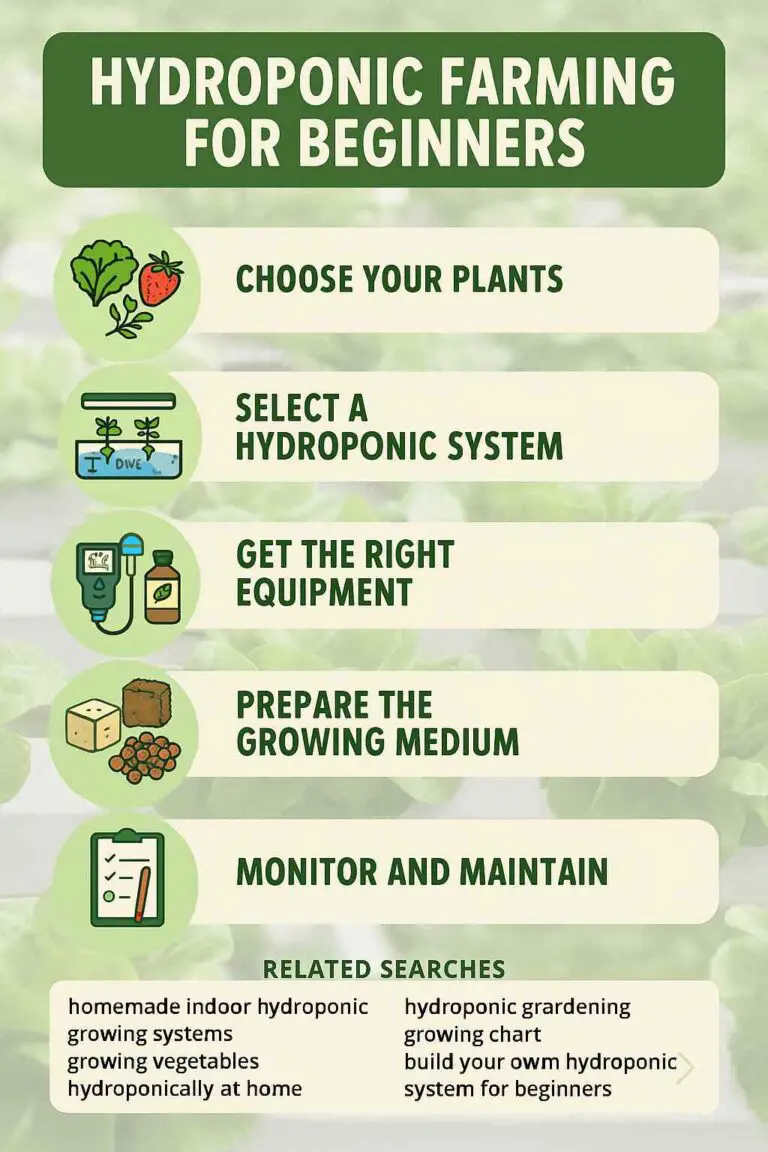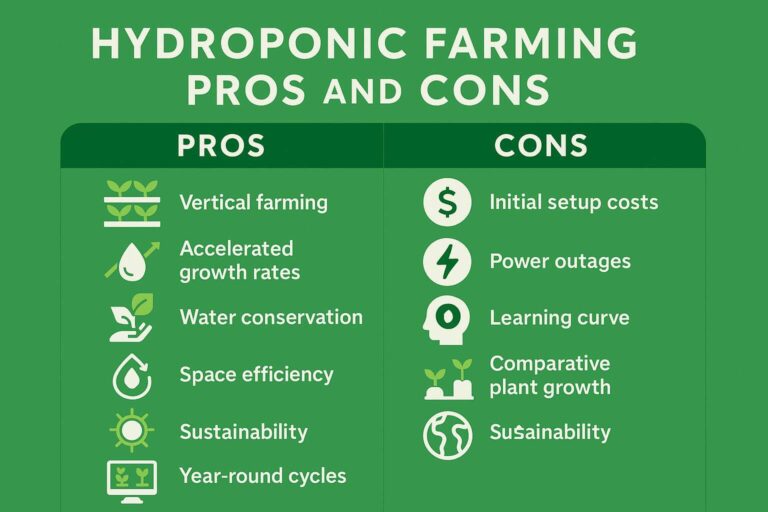Are you wondering if you can continue your gardening adventures during pregnancy? Well, you’ve come to the right place! As a fellow gardening lover, I understand the desire to nurture both your growing belly and your beloved plants.
The answer to whether you do gardening when pregnant is yes. You can absolutely do gardening when pregnant! It’s a wonderful way to stay active, relax, and connect with nature. Just take precautions, choose suitable tasks, and ensure a pregnancy-friendly environment.
In this comprehensive guide, I’ll delve into the topic of gardening while pregnant, exploring the benefits, precautions, suitable tasks, and creating a safe garden environment.
Let’s get started!
Understanding the Benefits of Gardening During Pregnancy
When it comes to pregnancy, taking care of your physical and mental well-being is of utmost importance. Fortunately, gardening can be a fantastic way to achieve just that! Let’s explore the incredible benefits of gardening during this special time:
The physical and mental benefits of gardening
- Gardening promotes physical activity: It’s no secret that staying active during pregnancy is beneficial for both you and your baby. Engaging in gardening tasks like planting, weeding, and light digging can provide a gentle form of exercise.
- Increases flexibility and strength: Gardening involves various movements, such as bending, stretching, and lifting, which can help improve your flexibility and build strength in a low-impact manner.
- Enhances cardiovascular health: Getting your heart pumping through activities like digging or raking can contribute to a healthy cardiovascular system.
- Supports weight management: Regular gardening can help maintain a healthy weight and prevent excessive weight gain during pregnancy.
How gardening can be a source of relaxation and stress relief
- A natural stress reliever: Spending time in nature and connecting with plants and flowers can have a calming effect on the mind. Gardening provides an opportunity to escape the daily stresses of life and find solace in the beauty of your garden.
- Mental rejuvenation: The act of tending to plants and watching them grow can bring a sense of accomplishment and satisfaction, boosting your mood and overall well-being.
- Mindfulness in the garden: Engaging in gardening tasks can be a mindful practice, allowing you to be fully present in the moment and appreciate the simple joys of nurturing life.
Promoting physical activity and exercise through gardening
- Low-impact exercise: Gardening offers a gentle form of exercise that doesn’t put excessive strain on your joints. It’s a great alternative to more intense workouts during pregnancy.
- Vitamin D exposure: Spending time outdoors in the sunshine while gardening allows your body to soak up valuable vitamin D, which is essential for bone health and immune function.
- Improved circulation: The movement involved in gardening helps stimulate blood flow throughout your body, reducing the risk of swelling and promoting overall circulation.
Encouraging a connection with nature and its positive effects on mood
- Natural therapy: Being surrounded by greenery and the beauty of nature can have a positive impact on your mental health, reducing anxiety and improving your overall mood.
- Bonding with the environment: As you nurture your garden, you develop a deeper connection with the natural world. This connection can provide a sense of harmony and peace during your pregnancy journey.
By embracing gardening during pregnancy, you can reap the rewards of physical activity, find solace in a peaceful environment, and foster a deeper connection with nature. However, it’s essential to take precautions and make adjustments to ensure your safety and the well-being of your baby. In the next section, I’ll explore the necessary precautions and safety measures for pregnant gardeners.
Precautions and Safety Measures for Pregnant Gardeners
Before you slip on your gardening gloves and start digging in the soil, it’s crucial to prioritize your safety and the well-being of your growing baby. Here are 5 precautions and safety measures to keep in mind:
1. Consult with your healthcare provider:
- The first step before engaging in any physical activity during pregnancy is to consult with your healthcare provider. They can provide personalized guidance based on your unique health circumstances.
2. Identifying potential risks in the garden environment:
- Be mindful of potential hazards in your garden, such as uneven surfaces, tripping hazards, or sharp tools. Ensure your garden is well-maintained and free from potential dangers.
- Be cautious of slippery surfaces, especially when watering your plants. Consider using non-slip shoes or adding non-slip mats in areas prone to getting wet.
3. Recommendations for avoiding exposure to harmful chemicals and toxins:
- Minimize the use of chemical fertilizers, pesticides, and herbicides in your garden. Opt for organic or natural alternatives whenever possible.
- Wear gloves to protect your hands when handling soil, compost, or any potentially harmful substances.
- Avoid contact with poisonous plants, like poison ivy or certain species of lilies. Familiarize yourself with the plants in your garden and their potential risks.
4. Safe lifting techniques and precautions to prevent strain or injury:
- Avoid heavy lifting during pregnancy, especially in the later stages when your belly grows larger. Instead, ask for assistance from a partner, family member, or neighbor.
- When lifting lighter objects, remember to use proper lifting techniques: squat down, engage your leg muscles, and lift with your legs rather than your back. Avoid twisting motions while lifting.
5. Proper hydration and rest breaks to avoid exhaustion:
- Stay hydrated by drinking plenty of water, especially when working in the garden under the sun. Dehydration can increase the risk of dizziness and fatigue.
- Take regular breaks and listen to your body. Gardening can be physically demanding, so be mindful of any signs of fatigue or discomfort. Rest when needed and avoid overexertion.
In the next section, I’ll discuss suitable gardening tasks for pregnant moms, ensuring you can continue to nurture your garden while keeping yourself and your baby safe.
Choosing the Right Gardening Tasks for Pregnant Moms
As an expecting mom, it’s important to adapt your gardening routine to accommodate your changing body and energy levels. While there are certain tasks to avoid, there are plenty of enjoyable and safe gardening activities that you can continue to indulge in. Here are some suggestions for suitable gardening tasks during pregnancy:
1. Low-impact gardening activities suitable during pregnancy:
- Planting flowers, herbs, or vegetables: Enjoy the therapeutic act of planting and watching new life grow in your garden. Just make sure to choose plants that are safe for pregnancy (we’ll cover that in more detail later!).
- Light weeding: Tend to your garden beds by gently removing weeds by hand. This task allows you to stay active without excessive strain.
- Watering plants: Keep your plants hydrated by regularly watering them. It’s a task that can be done at your own pace and provides a sense of nurturing.
2. Suggestions for lighter tasks like weeding, planting, and watering:
- Weeding: While heavy-duty weeding may be best left to others, light weeding can still be therapeutic. Take your time and focus on smaller areas, using a kneeling pad or stool for support.
- Planting seedlings: Engage in the joy of planting new life by working with seedlings. This task involves gentle movements and allows you to exercise your green thumb.
- Watering and tending to plants: Regularly watering your plants not only keeps them healthy but also allows you to spend time outdoors, enjoying the calming effects of your garden.
3. Avoiding heavy lifting and prolonged periods of bending or squatting:
- Heavy lifting: Avoid lifting heavy bags of soil or large pots during pregnancy. Seek help from others or opt for smaller containers that are easier to handle.
- Bending and squatting: As your pregnancy progresses, it’s best to minimize prolonged periods of bending or squatting. If you need to reach lower areas, consider using a gardening stool or a kneeling pad for support.
4. Tips for adapting gardening techniques to accommodate a growing belly:
- Maintain good posture: Stand tall with your shoulders back to avoid strain on your back. Engage your core muscles to support your growing belly.
- Take breaks and change positions: Avoid staying in the same position for an extended period. Take breaks, stretch, and change positions frequently to avoid discomfort and promote circulation.
Remember, the key is to listen to your body and adapt your gardening routine as needed. Your safety and the well-being of your baby should always come first.
Creating a Pregnancy-Friendly Garden Environment
To fully enjoy your gardening experience during pregnancy, it’s important to create a garden environment that is safe, comfortable, and conducive to your well-being. Here are some tips for making your garden pregnancy-friendly:
1. Selecting plants that pose no threat to pregnancy:
- Avoid toxic plants: Familiarize yourself with plants that may be toxic to humans, especially during pregnancy. Some examples include oleander, foxglove, and certain types of lilies. Choose non-toxic alternatives to ensure your safety.
- Mindful of strong fragrances: Some pregnant women may experience heightened sensitivity to strong smells. If certain plants have overpowering fragrances, consider planting them farther away from areas where you spend the most time.
2. Avoiding poisonous plants or those with strong fragrances that may cause discomfort:
- Research plant choices: Before introducing new plants to your garden, research their potential effects on pregnancy. Stick to plants that are known to be safe and non-toxic.
- Opt for low-allergen plants: If you have allergies or sensitivities, choose plants that are less likely to trigger allergic reactions. Consult with a local nursery or gardening expert for suitable options.
3. Ideas for creating a comfortable and ergonomic garden setup:
- Use raised beds or containers: Raised beds or containers can minimize the need for excessive bending or squatting. They provide easier access to your plants and reduce strain on your back and joints.
- Create pathways and clear walkways: Ensure your garden has clear pathways and walkways, allowing you to navigate the space comfortably and safely, even with a growing belly.
- Add seating areas: Incorporate comfortable seating areas in your garden, where you can take breaks, relax, and enjoy the beauty of your surroundings. Consider using cushions or pillows for added comfort and support.
4. Incorporating shade and protection from excessive heat or sun exposure:
- Stay cool: During pregnancy, your body may be more susceptible to heat and sun exposure. Create shaded areas in your garden using umbrellas, pergolas, or trees to provide relief from the sun’s rays.
- Dress appropriately: Wear loose, breathable clothing, and a wide-brimmed hat to protect yourself from the sun. Apply sunscreen to exposed skin to prevent sunburn.
In the next section, I’ll discuss how to deal with common pregnancy-related discomforts while gardening.
Dealing with Common Pregnancy-related Discomforts in the Garden
Pregnancy is a beautiful journey, but it can come with its fair share of discomfort. Fortunately, there are ways to manage these discomforts while still enjoying your time in the garden. Here are some tips for dealing with common pregnancy-related discomforts:
1. Managing fatigue and ensuring adequate rest breaks:
- Listen to your body: Pregnancy can cause increased fatigue, so pay attention to your energy levels. Take breaks when needed and don’t push yourself too hard. Pace yourself and rest when necessary.
- Plan shorter gardening sessions: Instead of tackling the entire garden in one go, break your gardening tasks into shorter sessions. This way, you can conserve energy and prevent exhaustion.
2. Coping with backaches and using proper posture techniques:
- Practice good posture: Maintain proper posture while gardening by standing tall, keeping your back straight, and avoiding excessive arching or slouching. Engage your core muscles to support your back.
- Use supportive tools: Invest in a gardening stool or knee pads to provide cushioning and support for your knees and back. These tools can alleviate strain and help you maintain better posture.
3. Tips for preventing overheating and staying cool in the garden:
- Time your gardening activities: Plan your gardening sessions during cooler parts of the day, such as early mornings or evenings, to avoid excessive heat.
- Dress appropriately: Wear loose-fitting, lightweight clothing made of breathable fabrics. Opt for light colors to reflect heat rather than absorb it.
- Hydrate adequately: Drink plenty of water before, during, and after gardening to stay hydrated. Keep a water bottle nearby and take regular sips to prevent dehydration.
4. Addressing potential allergies or sensitivities to certain plants:
- Identify allergens: If you have known allergies, be cautious when working with plants that may trigger a reaction. Wear gloves, a face mask, or seek assistance for tasks that involve handling allergenic plants.
- Minimize exposure: Consider wearing long sleeves, pants, and closed-toe shoes to protect your skin from potential irritants. Wash your hands thoroughly after gardening to remove any allergens.
Remember, every pregnancy is unique, and it’s essential to listen to your body and adapt accordingly. If you experience any severe or persistent discomforts, consult with your healthcare provider for personalized advice and guidance.
Gardening Tools and Equipment for Expecting Moms
Having the right tools and equipment can make gardening a breeze, especially when you’re expecting. Here are some pregnancy-friendly gardening tools and equipment to consider:
1. Overview of pregnancy-friendly gardening tools and accessories:
- Lightweight hand tools: Look for lightweight versions of gardening tools like trowels, hand forks, and pruners. These tools will minimize strain on your muscles and joints while still allowing you to perform various tasks.
- Ergonomic handles: Choose tools with ergonomic handles that provide a comfortable grip and reduce strain on your hands and wrists. Look for padded or cushioned handles that offer extra support.
- Adjustable-length handles: Opt for tools with adjustable handles, such as rakes or hoes, that allow you to customize the length to suit your height and reach. This feature helps maintain proper posture and reduces strain on your back.
2. Recommending lightweight tools and ergonomic designs for ease of use:
- Lightweight watering cans: Look for watering cans made from lightweight materials like plastic or aluminum. These will be easier to carry and pour, reducing strain on your arms and back.
- Portable garden stools or kneelers: Invest in a portable garden stool or kneeler to provide support and cushioning for your knees and back. These tools allow you to garden at a comfortable height without excessive bending or kneeling.
- Wheeled garden carts or wagons: Consider using a wheeled garden cart or wagon to transport heavy pots, bags of soil, or other gardening supplies. These make it easier to move items around without straining your body.
3. Using knee pads or a gardening stool to minimize strain on the body:
- Knee pads: Protect your knees by wearing knee pads when working close to the ground or on hard surfaces. They provide cushioning and support, reducing discomfort and potential knee strain.
- Gardening stools: Utilize a gardening stool to sit and work at a comfortable height. Look for stools with stable bases and comfortable padding to alleviate pressure on your lower back and knees.
These tools and equipment will help you maintain good posture, reduce fatigue, and enjoy your gardening experience throughout your pregnancy.
Conclusion
In conclusion, gardening can be a delightful and fulfilling activity during pregnancy. With proper precautions and adjustments, you can continue to enjoy the benefits of gardening while keeping yourself and your baby safe.
Remember to consult with your healthcare provider, choose suitable tasks, create a pregnancy-friendly garden environment, and use the right tools. Embrace the beauty of nurturing both your garden and the new life growing within you.
If you have any questions or would like to share your experiences, please feel free to leave a comment below. Happy gardening, mom-to-be!




